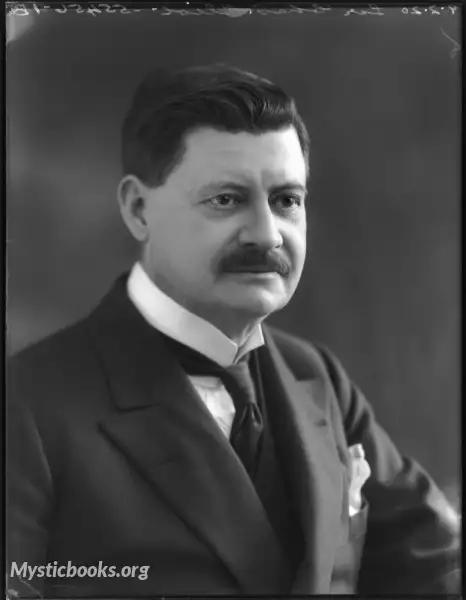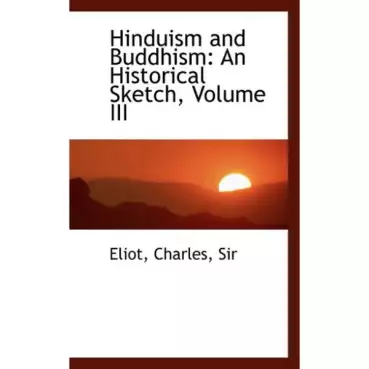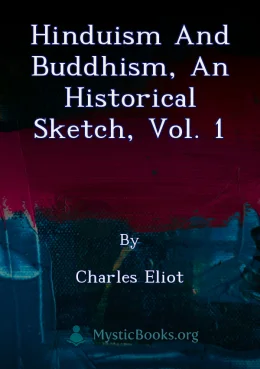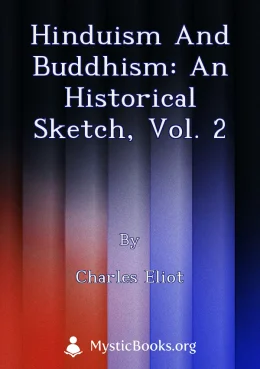
Timeline
Title
Country/Nationality
Charles Eliot
Sir Charles Norton Edgcumbe Eliot was a British diplomat, colonial administrator and botanist. He served as Commissioner of British East Africa in 1900–1904. He was British Ambassador to Japan in 1919–1925.
He was also known as a malacologist and marine biologist. He described a number of sea slug species, including Chelidonura varians.
Eliot was born in the village of Sibford Gower near Banbury, Oxfordshire, England and educated at Cheltenham College and Balliol College, Oxford, where he took a double first in classical moderations and Greats, as well as winning the Craven, Ireland and Hertford scholarships. Remarkably, he also won the Boden Sanskrit Scholarship and the Houghton Syriac prize. He was a noteworthy linguist, with a full knowledge of 16 languages and conversant in 20 more.
Eliot served in diplomatic posts in Russia (1885), Morocco (1892), Turkey (1893), and Washington, D.C. (1899). He also served as British Commissioner in Samoa. He was appointed a Companion of the Order of the Bath (CB) in the 1898 Birthday Honours and was knighted as a Knight Commander of the Order of St Michael and St George (KCMG) in the New Year honours list 1 January 1900.
He was the British Ambassador to Japan in 1920–1926: though the position was not renewed, he stayed in Japan, studying the practice of Buddhism there. He regretted the 1921 decision to end the Anglo-Japanese alliance in 1923.
Taken ill with influenza, he decided to return to England but died on the journey on 16 March 1931 and was buried at sea in the Straits of Malacca. He never married.
Books by Charles Eliot

Hinduism and Buddhism, An Historical Sketch, Vol. 3
The author was a British diplomat posted to Asia and his great work was interrupted by World War I, finally being published in 1921. It has been described as the definitive work on the subject and the style is easy to read and follow. In this, the th...

Hinduism and Buddhism, An Historical Sketch, Vol. 1
This book provides a comprehensive historical overview of Hinduism and Buddhism from their ancient origins to the early 20th century. Written by Charles Eliot, a British diplomat with extensive experience in Asia, the book draws on a wide range of so...

Hinduism and Buddhism: An Historical Sketch, Vol. 2
Charles Eliot's "Hinduism and Buddhism: An Historical Sketch" is a comprehensive and insightful exploration of the origins, development, and core tenets of these two major world religions. This second volume delves into the intricacies of Buddhist ph...